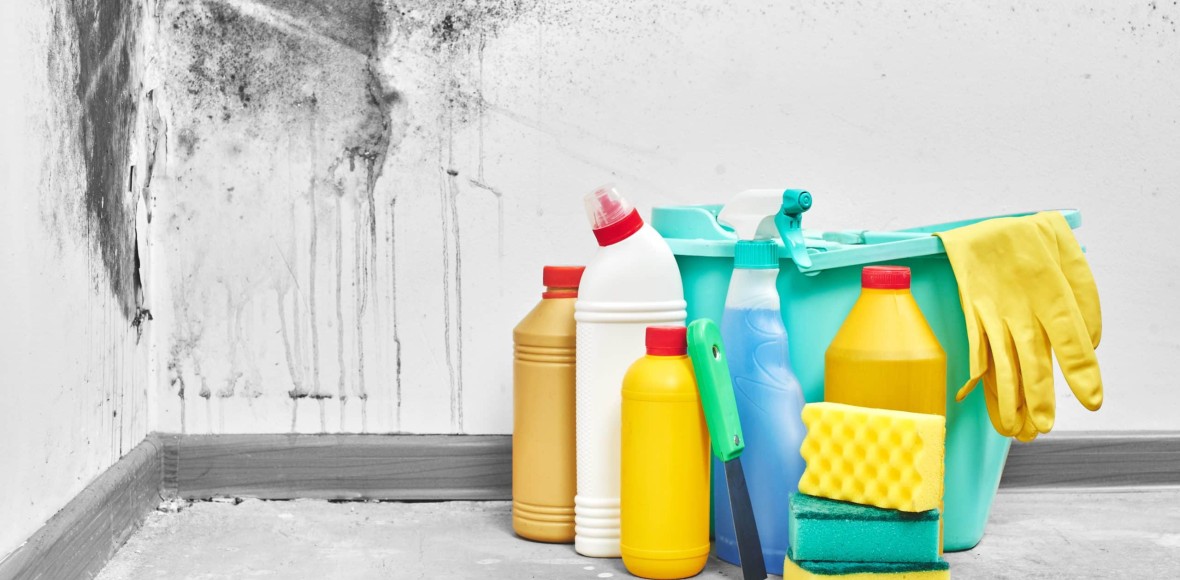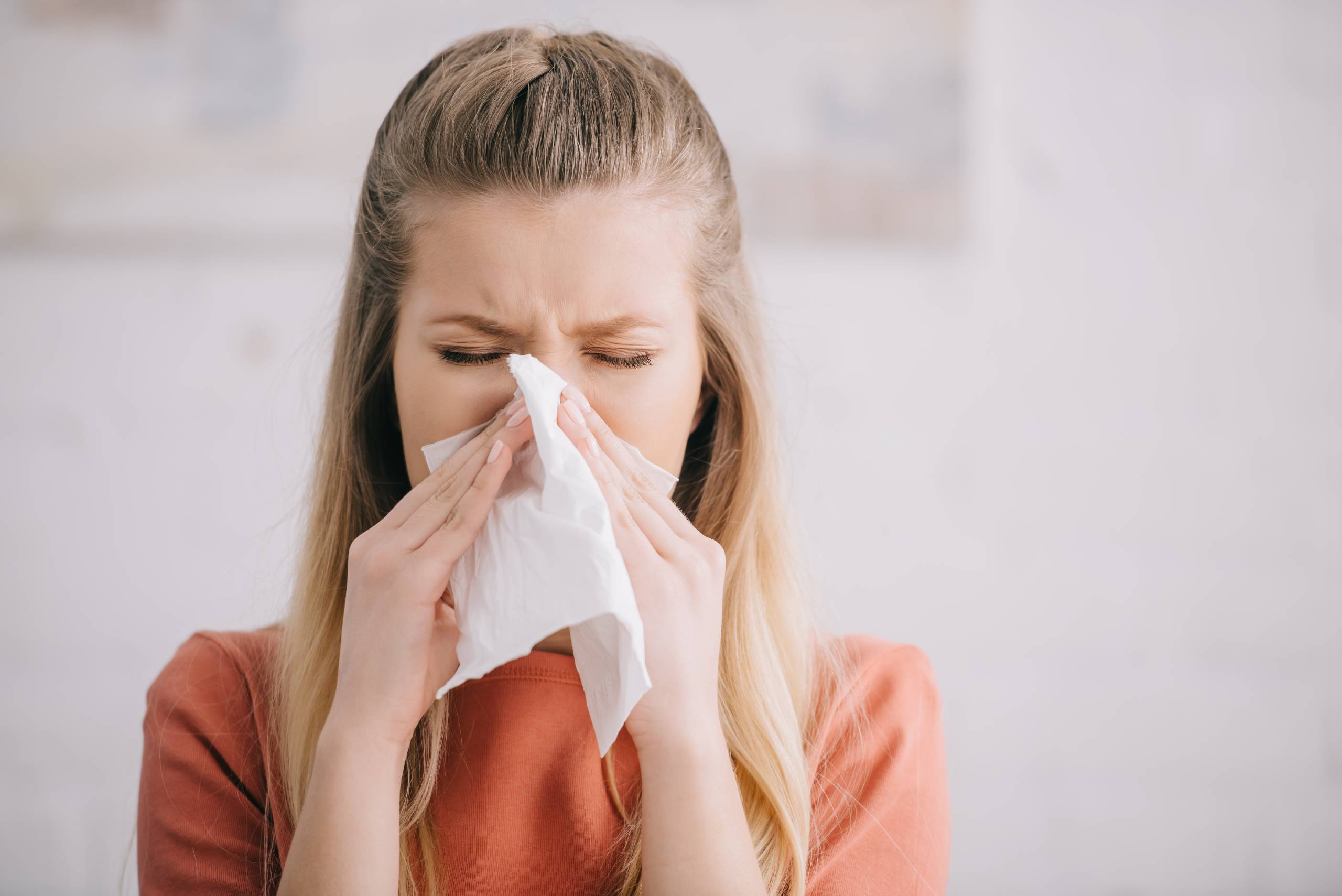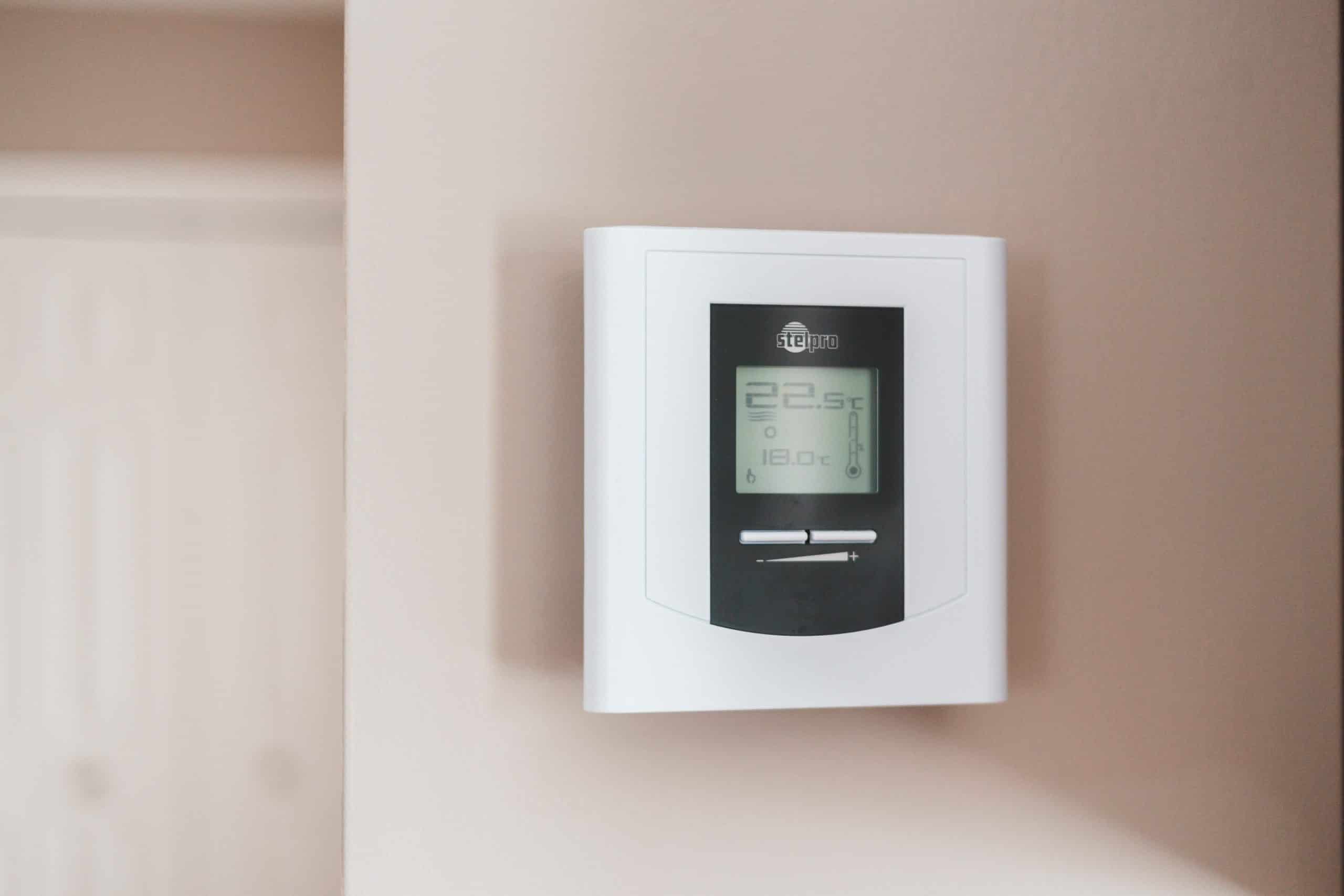
If you’re a homeowner, renter, or investor, undoubtedly you’ve come across the words mildew and mold. These words are enough to strike fear into the heart of anyone.
Mildew vs mold are often used interchangeably and while they are similar, there are some key differences dwellers need to be aware of. These differences can impact your health, home, and ultimately, your wallet.
From their appearance to the ways to tackle them, it’s crucial to understand each type of invader so that you can make informed decisions. Read on for the differences between mold and mildew, and what you can do about it.
Mildew is a type of fungus and is considered to be the lesser of two evils (when compared to mold). Despite its inability to reproduce in invasive quantities, it can still pose a health risk if left untreated.
Mildew’s appearance is gray or white and often turns brown as it ages. It will flourish in a space that is damp, humid, and warm. For homes that stay warm and humid (like Florida) it’s almost certain that you’ve grown mildew at some point.
This fungi thrives in areas like cabinets, showers, and laundry rooms and is typically superficial (meaning it doesn’t invade walls or other surfaces).
Mold is a more invasive type of fungi. It reproduces by sending tiny spores into the air and then penetrating those surfaces. For example, if you have mold on a wall and a small breeze catches some of those spores, they can be carried to a pile of clothing. Those clothes will then be susceptible to growing mold too.
The appearance of mold differs from its flat cousin mildew. Mold can become fuzzy and comes in a variety of different colors. You may see black, green, or even red! But don’t fret, as damaging as mold can be, not all mold is as dangerous as black mold. You will however need a professional mold remediation specialist to assess your mold issue.
Similar to mildew, mold thrives in moist environments but can be found outdoors as well.

Unfortunately, having mold or mildew in your home isn’t just a cosmetic issue. Sure, it looks bad, but it can also wreak havoc on your health.
Depending on the specific type of mold that is taking up residence in your home, you may experience even more serious effects. Mycotoxin comes from toxic mold (the dreaded “black mold”) and it can take a serious toll on your health.
If a person has been exposed to toxic mold, they may feel dizzy, fatigued, or experience memory loss.

Mold and mildew cannot thrive in an environment that’s too dry, so your first step towards prevention is removing excess moisture.
With how much upkeep it takes to keep a home in living condition, it’s understandable that wet areas go unnoticed. However, it is vital to the structure of your home that you assess mildew or mold (or call a professional to do that for you) as soon as possible to tackle any problems head on.
And while mildew is typically easy to get rid of with over-the-counter cleaners, mold is much more difficult. There are market items like mold killing primer for walls, but if you don’t get to the root of a problem then it will just grow back. Mold remediation can take upwards of a week, so prevention is key.
In order to prevent mildew or mold from forming in the first place, there are several steps you can take.
If you have found yourself thinking “How do I get rid of mold?” you are not alone.
The differences between mildew vs mold are easily confused but once you take some time to examine the problem, you’ll be able to identify which issue you’ve got and fix it before it burdens your home.
Finding mildew or mold in your home can be extremely stressful, but you are not alone. In humid climates like Florida, you’ll have a hard time finding someone that hasn’t experienced mold or mildew at some point in their lives.
Luckily, there are businesses like Axel Works that specialize in getting your home back to a safe and livable condition. We are here for you 24/7 and are happy to help you restore your home.
Leave a Reply